
Chaukhambha Orientalia

299 books
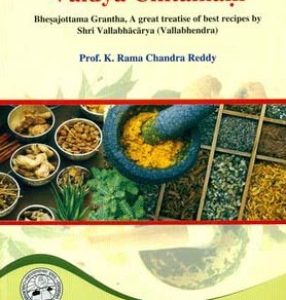
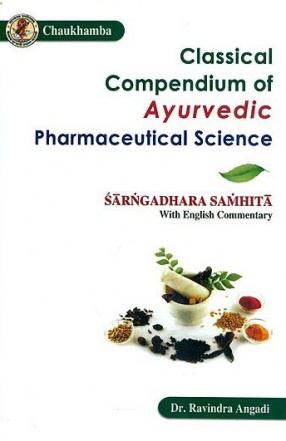
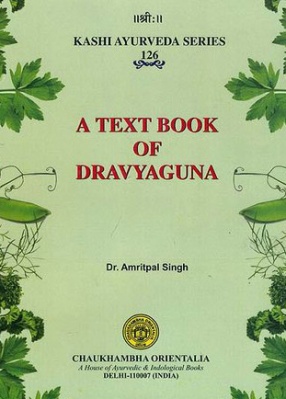
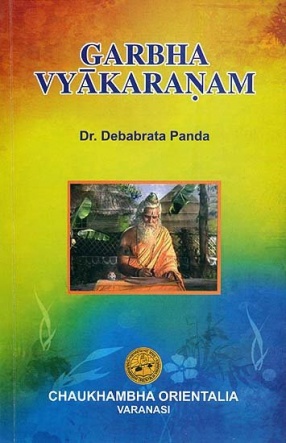
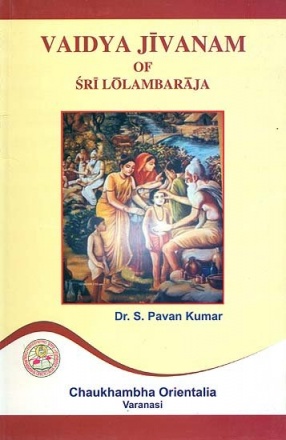
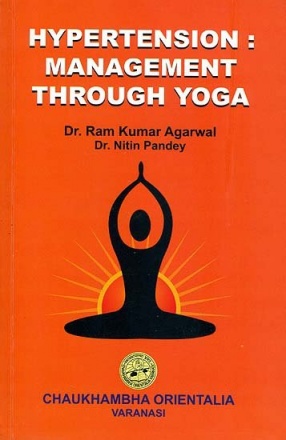
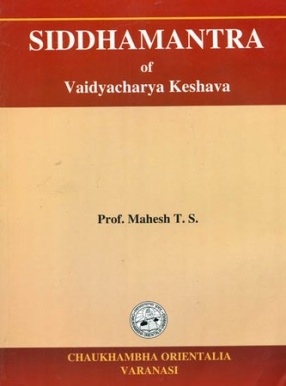

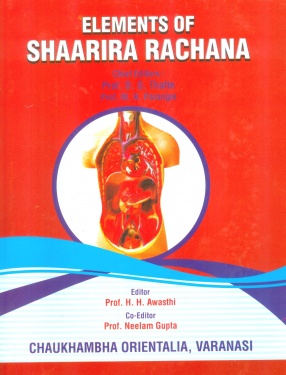
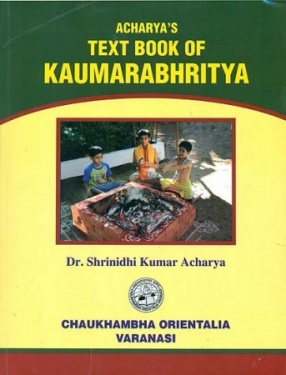
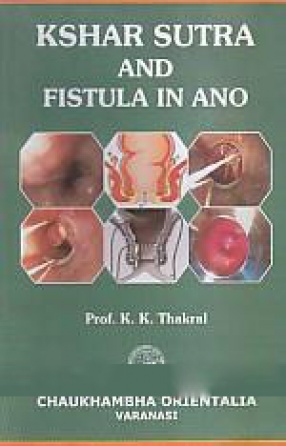
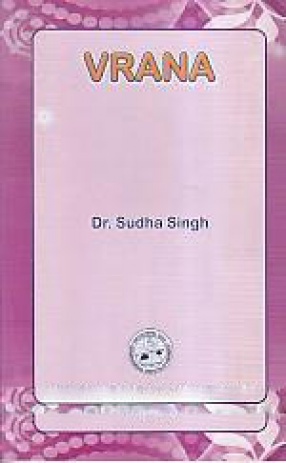
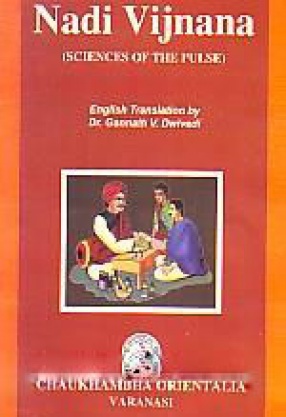
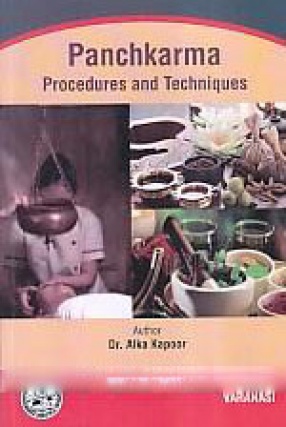
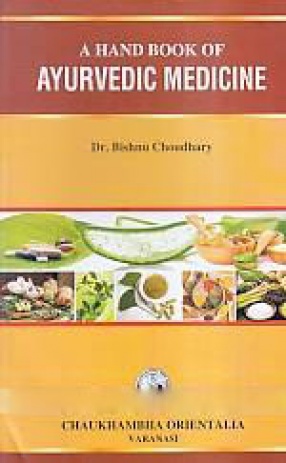


Vaidya cintamani written by Vallabhacarya or Vallabhendra is an important great treatise of Ayurveda originated from Andhra Pradesh (South India). It is a famous book of Ayurveda, also fallowed in various parts of the country like Karnataka, Tamilnadu etc. states, apart from its popularity in Andhra Pradesh. Vaidya chintamani was written in 15th A.D. The author of this book i.e. Vallabhacarya or Vallabha or Vallabhendra was considered as a great Ayurveda Vaidya ...

Classical compendium of Ayurvedic Pharmaceutical Science (Sarangdhara Samhita) caters to all the basics of pharmaceutics. Innumerable number of ayurvedic pharmaceutical companies that are functional all over the world, truly depend on this book for the basics of ayurveda medicine preparation. The books of 'AFI' (Ayurvedic Formulary of India) largely borrow the information from this great book. Thus, it is the sole systematized referral book for Ayurveda ...


The Garbhavyakarana explained in Sasirasthana of Sushrutasamhita is incorporated by the syllabus committee in Sanskrit language to unlock the hidden Sanskrit grammar in between the sentences, which would be a practice for Ayurvedic scholars in his primary stages of understanding Ayurveda. The same can be applied in their later stages when they start to read the Samhitas. As all the Ayurveda theorems (thought) has been expressed in Sanskrit language which binds by ...

The book Vaidya Jivanam is also called as Sadvaidya Jivana or Lolambarajiyam. It was written by Lolambaraja. Lolarnbaraja is the Son of Diwakara Bhatta. The book is divided into 5 viIasa and is written in the form of conversation between Lolarnbaraja and his wife Murasa. It deals with the preparations related to common diseases like Jvara, Shwasa, Kasa, Atisara, Krimi, Prameha, Vatarakta, Rasayana, Vajikarana etc. Lolambaraja himself have mentioned in the book ...
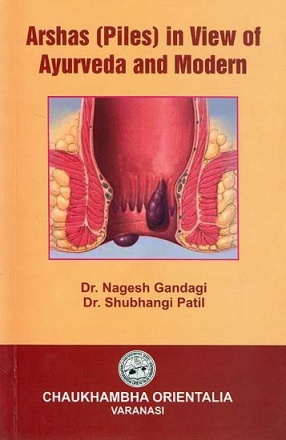

This book has attempted to build a platform for sports medicine by taking maulika siddhantas of Ayurveda. It is unique of its kind which highlights the concepts of sports medicine elaborated in Ancient Indian Epics and Ayurveda based on guna siddhanta. Based on these siddhantas, the physiological changes in the body of a sports person, his Dinacharya Vidhi and Manasika A vasthas have been highlighted. Light has been thrown on elucidating the scientificity of ...

Daiva vyapashraya chikitsa is one of the three basic treatment protocols described by Ayurveda, the science of life which is not wide practiced by Physicians.s Just as individual body contains particular genetic code the soul has its own karmic code determining the qualities, tendencies, desires, urges, aims and acquisitions that is being carried from past to present to future life.
It is often regarded as a force of determination and this Karma phala siddhanta ...
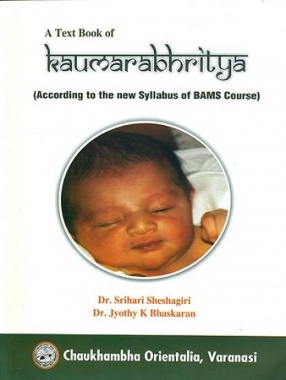
Based on the New Syllabus provided by Central Council of Indian Medicine (CCIM) for III rd Year BAMS and Part A of the Syllabus is being published as Volume I.
Ancient concepts interpreted with relevant scientific interpretations based on existing present day knowledge.
Primarily for the undergraduate students of Ayurveda which may be useful even to the postgraduate students and clinicians too.
Critical analysis and description of topics related to Kaumarabhritya ...

With the introduction of Astanga Hrdaya as a text in the syllabus-of BAMS, it was necessary to have a synopsis of this book. This book intends to present the vast ocean of knowledge of the original text, in a simple, understandable format. As the intended people of use are those who have just entered the field of Ayurveda, the information has been presented in simple English with important notes and with not much confusing details. Hope this endeavour is ...

The presented book is aimed for all those people having keen interest towards Hypertension and suffering from Hypertension to understand of basic concept of Ayurvedic names of Hypertension and Yoga. This book will also be beneficial for the people who want to practice yoga as a preventive and curative procedure for Hypertension. Such asanas and pranayama has been selected which may control blood pressure.

The book Siddhamantra is a text written by Keshava in around is 13th century A.D. as mentioned in various Dravyaguna texts and also by Prof. P.V. Sharma in the Sanskrit version of the text. This book is itself an index of various medicinally active or food substances that were in vogue during the author's time. Majority of them are being used in various parts of the country and the world even today. The book has a unique method of classification that will help ...

The book is written to promote Ayurvedic practice. It covers all the topics which are necessary from Ayurvedic practice point of view. Ayurved is Indian system of medicine and now, it is alternate system of medicine in India. This is my little attempt to make it back to main system of medicine in India.

Numerous Ayurvedic scholars have been writing books on Shaarira Rachna Vigyana since last five decades and claiming their book content in accordance to the directions of syllabus content of Central Council of Indian Medicine, New Delhi. Every fifth year, the council is constituted with the inclusion of new members and they feel that changing the syllabus will improve the standard of teaching and learning of Shaarira Rachna accommodating the four and half year or ...

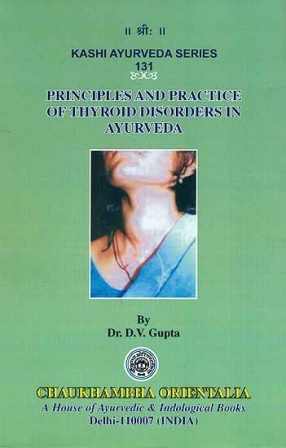


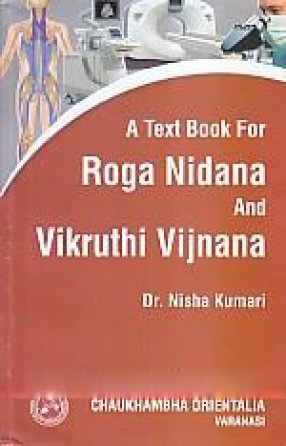
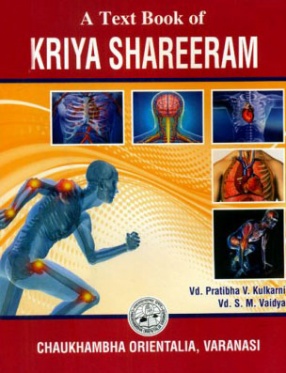
This book of Kriya shareeram consists of all the points explained in Ayurvedic syllabus of Kriya Shareera. Kriya includes the descriptions about dosha, dhatu and malas. The theory of tridosha forms the foundation of Ayurveda. In this text there is an explanation of human body through the principles of vata, pitta kapha, Sapta dhatus and trimalas, keeping in view some of the processes as explained by modern science without detriment to the main concept postulated ...



